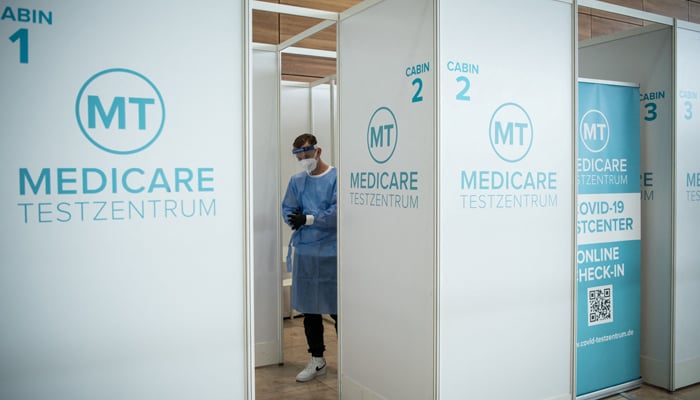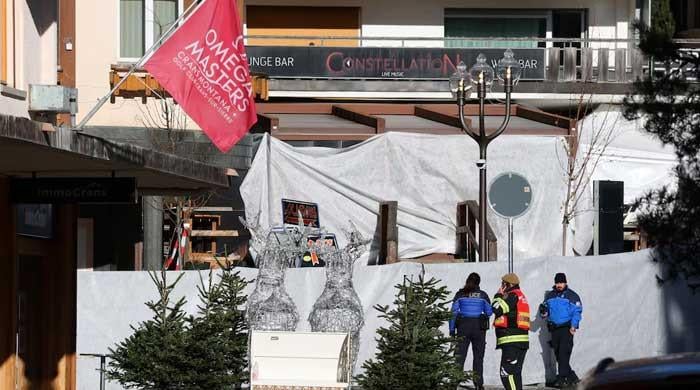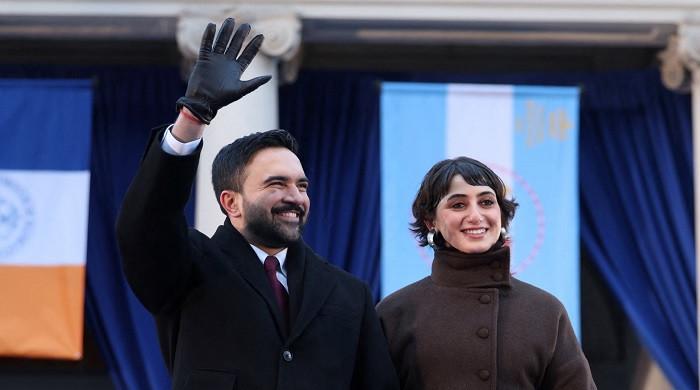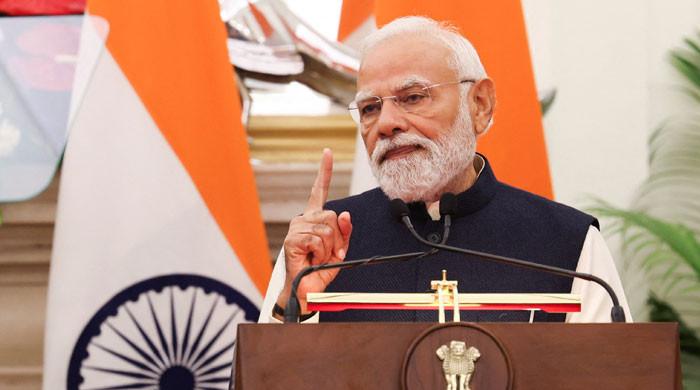Four billion coronavirus jabs administered globally
UAE is close to having 70% of its population fully vaccinated
July 30, 2021

- The fourth billion dose was reached in 30 days.
- It took 26 days to reach the previous one.
- UAE is close to having 70% of its population fully vaccinated.
PARIS: Poorer countries are still struggling to secure precious shots despite recent donations, despite more than four billion coronavirus vaccine doses being injected around the world.
At least 4,014,302,550 doses had been injected into people's arms by 1100 GMT on Thursday, according to an AFP tally based on official sources.
Global injections have slowed slightly: the fourth billion dose was reached in 30 days, while it took 26 days to reach the previous one. The first and second billion were reached after about 140 and 40 days respectively.
Forty percent (1.6 billion) of the four billion shots have been administered in China. India (451 million) and the United States (343 million) make up the trio of countries that have administered the most jabs.
Emirates lead the race
In terms of population among countries with more than one million people, the United Arab Emirates is the leader: 168 first and second doses administered per 100 inhabitants. Uruguay follows (137), then Bahrain (134).
The UAE is close to having 70% of its population fully vaccinated while Uruguay and Bahrain have both reached more than 60%.
After this the leading countries are Qatar, Chile and Canada (129 shots per 100 inhabitants), Israel (128), Singapore (125), the United Kingdom, Mongolia and Denmark (124) and Belgium (122).
These countries have fully vaccinated more than half their populations.
Not far off are China (111), the United States (104) and the European Union (103). The US and EU have fully vaccinated nearly half their population. China does not communicate this information.
US slow down
However the United States, whose campaign kicked off with gusto, now is vaccinating much more slowly.
Over the past week it jabbed only 0.2% of its population every day, far behind China (1.1%) and the EU (0.7%).
In terms of speed, Bhutan is currently leading the vaccination race, jabbing 4.9% of its population every day.
As with first doses of its vaccines earlier this year, the country has administered second doses to nearly 60% of its population in the space of 10 days, a rapidity unmatched by any other country.
Malaysia and Sri Lanka are next in the speed rankings, jabbing 1.5% of their population every day.
In Europe the quickest countries are Denmark, Ireland and Turkey (1.1% each), before Belgium and France (1%).
Africa lags behind
Most poor countries have now started to vaccinate, mainly thanks to the Covax scheme and donations of unused doses by rich countries.
But the vaccination coverage remains very unequal.
High-income countries (as defined by the World Bank) administered an average of 97 doses per 100 inhabitants compared with just 1.6 doses in low-income countries.
Injections in these countries have picked up recently after donations mainly of the AstraZeneca and Johnson & Johnson vaccines.
Africa remains the continent which is most lagging behind, with 4.8 doses administered per 100 habitants, 10 times less than the world average of 52 shots.
While many rich countries are already vaccinating their adolescents, three countries are not yet vaccinating at all: Burundi, Eritrea and North Korea.
Haiti and Tanzania were the latest countries to start their campaigns, on July 16 and 28 respectively.









